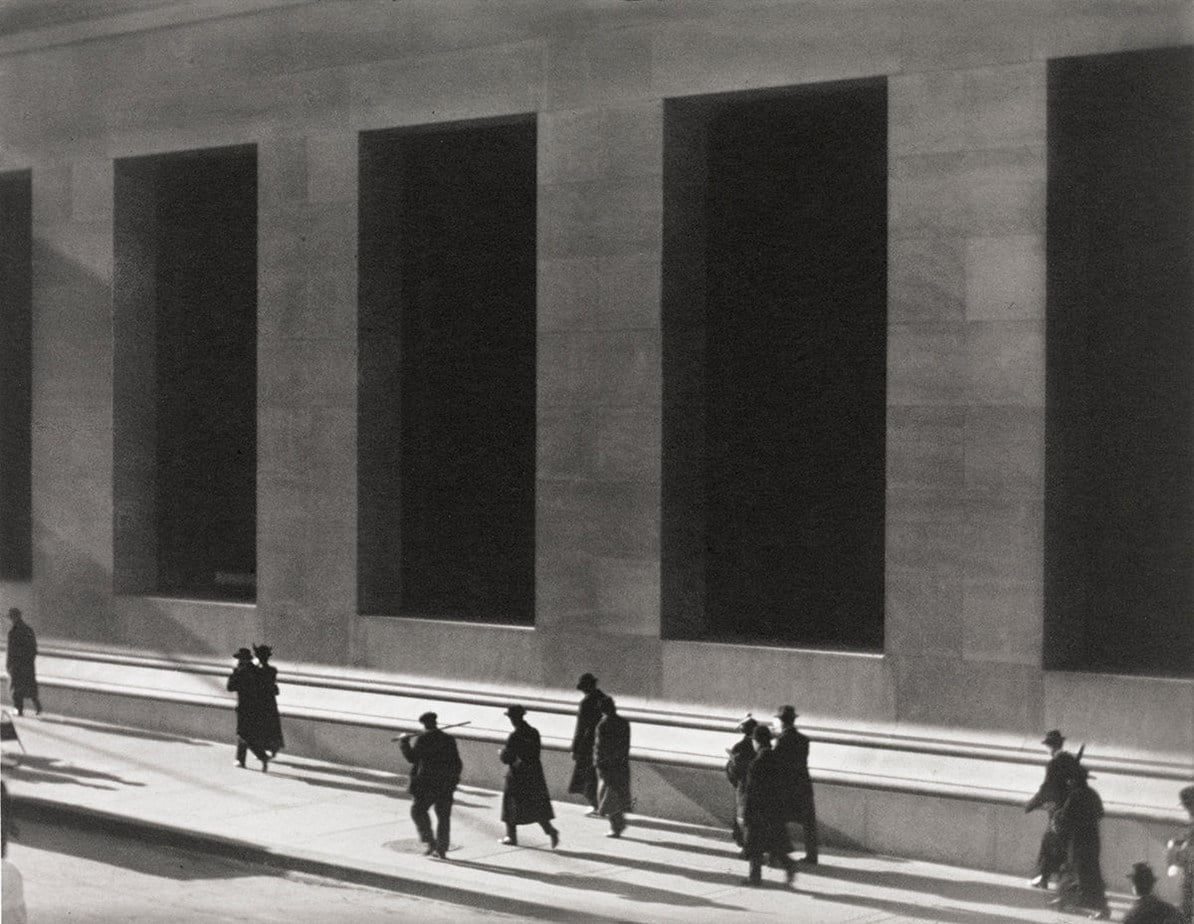Paul Strand
OCT.09.2020 ──────── JAN.24.2021

Paul Strand
Wall Street, New York, 1915
Fundación MAPFRE Collection
© Aperture Foundation Inc., Paul Strand Archive
Exhibitions
OCT.09.2020 ── JAN.24.2021
Location
KBr Fundación MAPFRE
Avenida Litoral, 30 – 08005 Barcelona
Born in New York, Paul Strand (1890-1976) began studying with the social photographer Lewis Hine and later became close friends with Alfred Stieglitz, a photographer and pioneer in the introduction of modern art in the United States. Strand managed to merge these two trends and continued to explore until laying the foundations of modern photography and anticipating what in later years will be known as “direct photography”. His knowledge of contemporary art derived from his personal contacts with artists and art theorists, his intuition and his powers of synthesis all led him to create a body of work outside of his own time.
The exhibition comprises 110 photographs out of the 131 by Paul Strand in the Fundación’s collection, which is the most complete on the artist in any European institution.
Press Dossier:
If you wish to contact the Communication Department to request the press dossier, high resolution images or any other matter, please fill in the following form specifying the medium / s for which information is requested.




